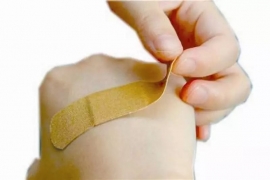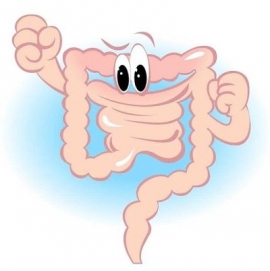
伤口世界
电子邮件地址: 该Email地址已收到反垃圾邮件插件保护。要显示它您需要在浏览器中启用JavaScript。

- 星期一, 11 11月 2019
术后换药切口流黄油,警惕脂肪液化伤口愈合不良
原创: 胡蓉 妇产时间
外科医生好比一位将军,手术刀是手中的武器,一台手术就是一场战役。战役结束了,还得清理战场不是,不代表就没事了。外科手术后的切口处理就好比清理战场,处理不好,这个战役的效果就要大打折扣了。
外科术后切口的常见问题包括:感染,脂肪液化,脓肿,血肿等情况,今天我们单独来讲讲脂肪液化这回事。刚工作不久的医生一定对脂肪液化很熟悉,每次换药看到切口在往外流黄黄的油,心里就会咯噔一下,「不好,脂肪液化了」,出现脂肪液化就意味着我们需要更多精力来处理切口。


- 星期一, 11 11月 2019
“小伤口”别大意 皮肤疤痕、疙瘩应尽早就诊
原创: 岳继慧 健康财富订阅号
夏季是许多“疤痕”人群最怕过的季节,一方面夏季衣着较少,有些疤痕部位裸露在外,影响美观,另一方面夏季高温,出汗多,也会刺激疤痕部位,痒、痛难耐。

- 星期一, 11 11月 2019
医生,我身上一个伤口都没有,手术做了吗?
原创: 胃肠肛肠疝外科 南充市中心医院
大肠癌是临床上最为常见的恶性肿瘤之一。根据全球癌症研究报告显示,2018年我国大肠癌新发病例超过25万人,跃居国内肿瘤发病率前5位。

- 星期五, 08 11月 2019

